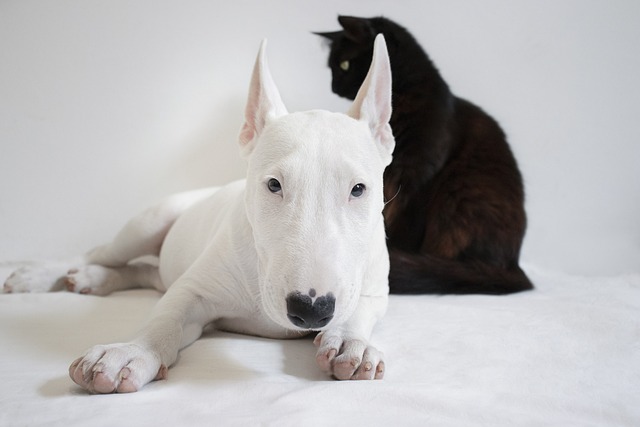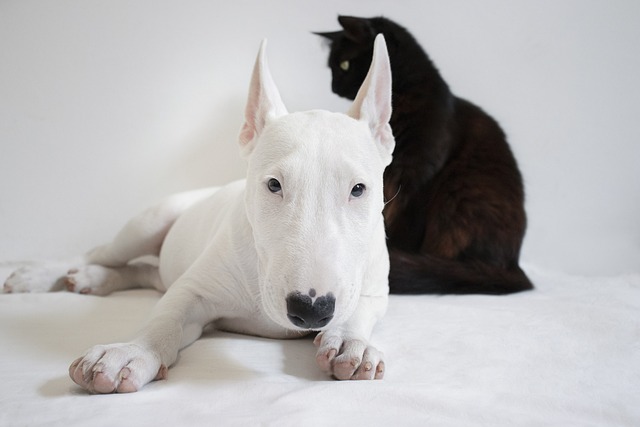
What is the most common dog allergy
I sat with my friend Lena at a coffee shop last week, where she was scrolling through allergy blogs—her 6-year-old son
I sat with my friend Sarah in her living room last week, watching her 6-year-old Cocker Spaniel, Lila—who was diagnosed with early kidney disease—beg for a treat. Sarah held up a popular “natural” biscuit and frowned. “The vet said to watch phosphorus, but do dog treats even have phosphorus?” she asked. If you’re a new U.S. dog owner, especially one with a pup who needs low-phosphorus care, this question is crucial. The short answer? Yes, almost all dog treats have phosphorus—but the amount varies widely, and knowing how to spot high or low levels can keep your dog healthy, whether they have kidney issues or not.
To understand why phosphorus is in treats, let’s break it down: Phosphorus is a natural mineral found in most ingredients dogs eat—meats, grains, veggies, even some fruits. It’s essential for healthy bones and energy, but too much (especially for dogs with kidney disease) strains their kidneys, which can’t filter excess phosphorus properly. Treats often have more phosphorus than regular food because they’re made with ingredients like bone meal (to add crunch), organ meats (liver, kidneys, which are high in minerals), or whole grains (wheat, oats). For example, Lila’s favorite “natural” biscuit had 250mg of phosphorus per treat—way too high for her kidney diet. Even “healthy” treats like cheese or rawhide are sneaky sources of phosphorus, which is why guessing won’t work.

Here’s how to check phosphorus levels in dog treats, step by step: First, read the label—look for “guaranteed analysis”. This section lists key nutrients, including phosphorus (usually as a percentage or mg per kcal). If it doesn’t say phosphorus, skip it—brands that hide this info often have higher levels. For dogs with kidney issues, aim for under 100mg of phosphorus per treat. Second, avoid high-phosphorus ingredients. Steer clear of treats with bone meal, meat by-products, organ meats, dairy, or whole grains in the top 3 ingredients. Safe options use lean proteins (cooked chicken breast, turkey) or low-phos veggies (green beans, carrots) as the main ingredient. Third, ask your vet for recommendations. Sarah’s vet suggested freeze-dried chicken breast treats (single-ingredient, 50mg phosphorus each) and homemade green bean bites—simple and safe. Fourth, test portion size. Even low-phos treats add up—give 1–2 small treats a day, not handfuls. Use them for positive reinforcement (like when Lila sits calmly) instead of random snacks.
Never scold your dog for begging for treats—they’re just seeking bonding, and punishment violates U.S. animal welfare standards. Instead, redirect them with a low-phos treat when they behave well. For apartment living, store treats in airtight containers to keep them fresh and out of your dog’s reach (Lila once chewed through a bag!). When walking, carry extra poop bags (cities like Chicago fine up to $500 for leaving messes) and keep walks gentle—dogs with kidney issues tire easily. While at the vet, confirm their rabies vaccine is up to date (required nationwide)—a tiny low-phos treat can make exams less stressful.
After switching to safer treats, Lila’s kidney labs stayed stable, and she still gets excited for reward time. The key isn’t avoiding treats—it’s knowing what’s in them. With label-reading practice and vet help, you’ll keep your pup happy and healthy.

I sat with my friend Lena at a coffee shop last week, where she was scrolling through allergy blogs—her 6-year-old son

You’ve noticed it lately—your playful pup who used to sprint after squirrels now prefers a leisurely sniff around the yard, and that gray muzzle is becoming more pronounced.

Many new dog owners dream of welcoming a big, cuddly companion but worry about keeping up with intense exercise needs.

I sat with my neighbor Mrs. Henderson on her porch last night, as her 12-year-old Labrador, Molly, curled up at her feet. “I worry about her when we go to bed

I spent a Saturday afternoon helping my cousin Maya prep for her new 8-week-old Golden Retriever puppy, Max—she had a cart full of cute sweaters and chew toys but forgot the basics

I sat with my friend Sarah in her living room last week, watching her 6-year-old Cocker Spaniel, Lila—who was diagnosed with early kidney disease